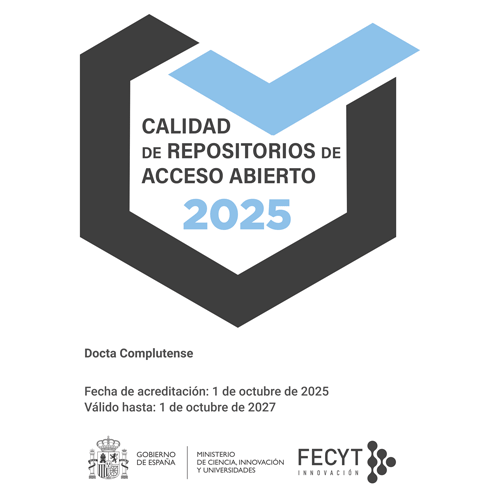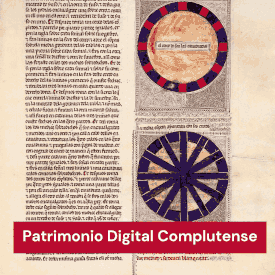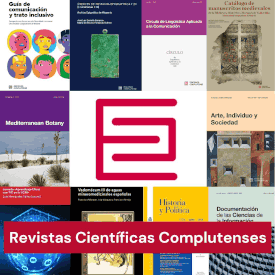Docta Complutense
Open Access Institutional Repository of the Complutense University of Madrid, that compiles scientific production to promote the visibility and impact of Complutense research.
With the collaboration of the Ministerio de Ciencia e Innovación and the Spanish Foundation for Science and Technology (FECYT).


Recent Submissions
Análisis histórico-artístico del impresionismo escénico en la película "Marie Antoinette" (2006) de Sofia Coppola
(2025) Young Sánchez, Clara Teresa; Gimber, Arno
RESUMEN: Este trabajo propone una relectura crítica de "Marie Antoinette" (2006) de Sofia Coppola, como una obra maestra injustamente infravalorada debido a los prejuicios políticos y misóginos que han condicionado tanto a la figura histórica de María Antonieta como a la imagen de Sofia Coppola como directora. El trabajo se apoya en autoras como Anna Backman Rogers y Belinda Smaill para hablar del sesgo de género presente en la recepción del filme, así como para reivindicar el contenido y significado detrás de las imágenes ultrafemeninas de la película. El estudio parte de la biografía de Lady Antonia Fraser de 2001, para trazar un diálogo entre la representación literaria y la estética cinematográfica, en contraposición a interpretaciones biográficas previas más tradicionales. A través de un análisis comparativo y artístico, se examina la manera en que Coppola construye un melodrama cinematográfico con un lenguaje estilístico impresionista en el que la música, el vestuario, el diseño escénico, el guion y lenguaje no verbal de los intérpretes, se fusionan en una narrativa audiovisual indivisible. Esta investigación no solo contribuye a la revalorización del cine de Coppola, sino que también plantea una nueva forma de abordar el melodrama desde una perspectiva cultural, feminista y operística.
Neutralizing the Wizarding World? : A Phonological Comparison of Received Pronunciation and General American in "Harry Potter and the Philosopher’s Stone"
(2025) Moreno Anaut, Isabel; Barahona Mora, Azucena María
ABSTRACT: British English books have been subject to Americanization and "Harry Potter and the Philosopher’s Stone" has not been treated differently by transatlantic publishers. Previous studies have examined how the Americanization of the "Harry Potter" books may devalue its British cultural roots and neutralize its unique blend of realism and fantasy. However, their research has primarily focused on linguistic fields such as lexis, grammar, and syntax and no attention has been paid to how this process might affect the films —particularly through phonological shifts. This dissertation addresses that gap by analyzing the Received Pronunciation accent of two central characters, Harry Potter and Hermione Granger, and comparing them quantitatively with a hypothetical General American shift of the same speech. By identifying and contrasting the key phonological features of both varieties, this study explores whether a phonological Americanization of the film could similarly diminish the culturally British experience of the Wizarding World for American viewers.













